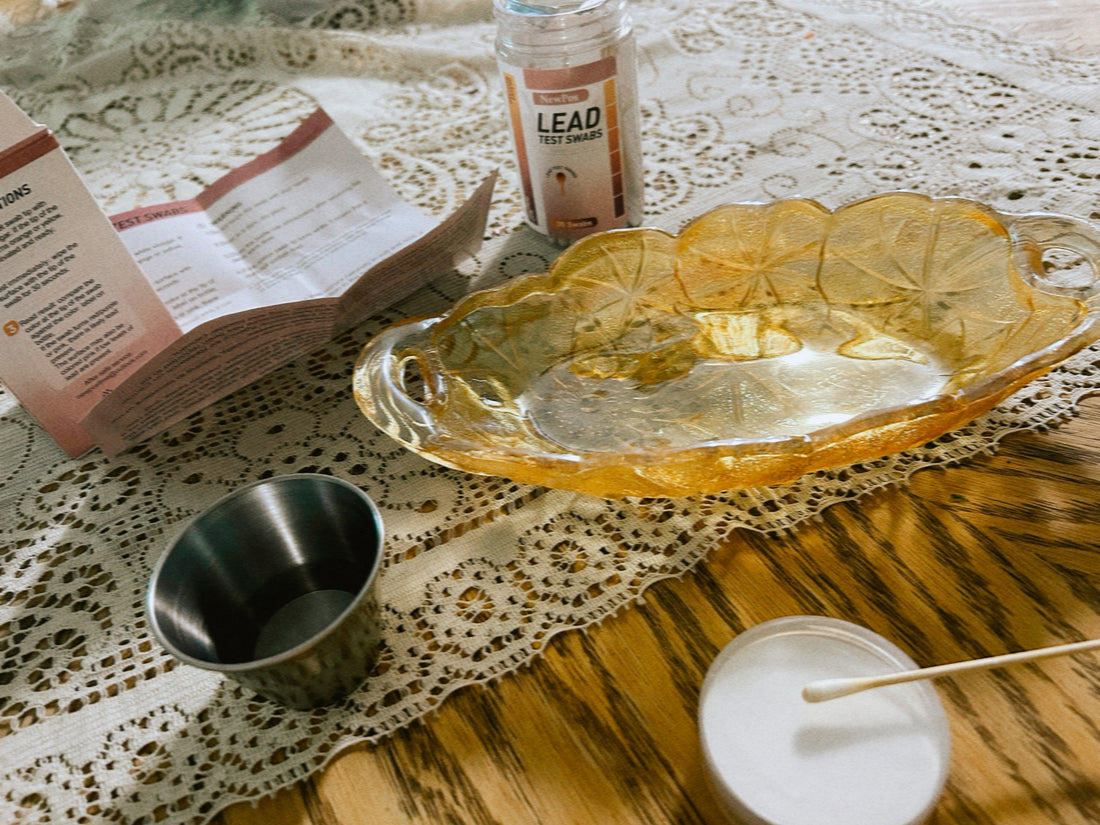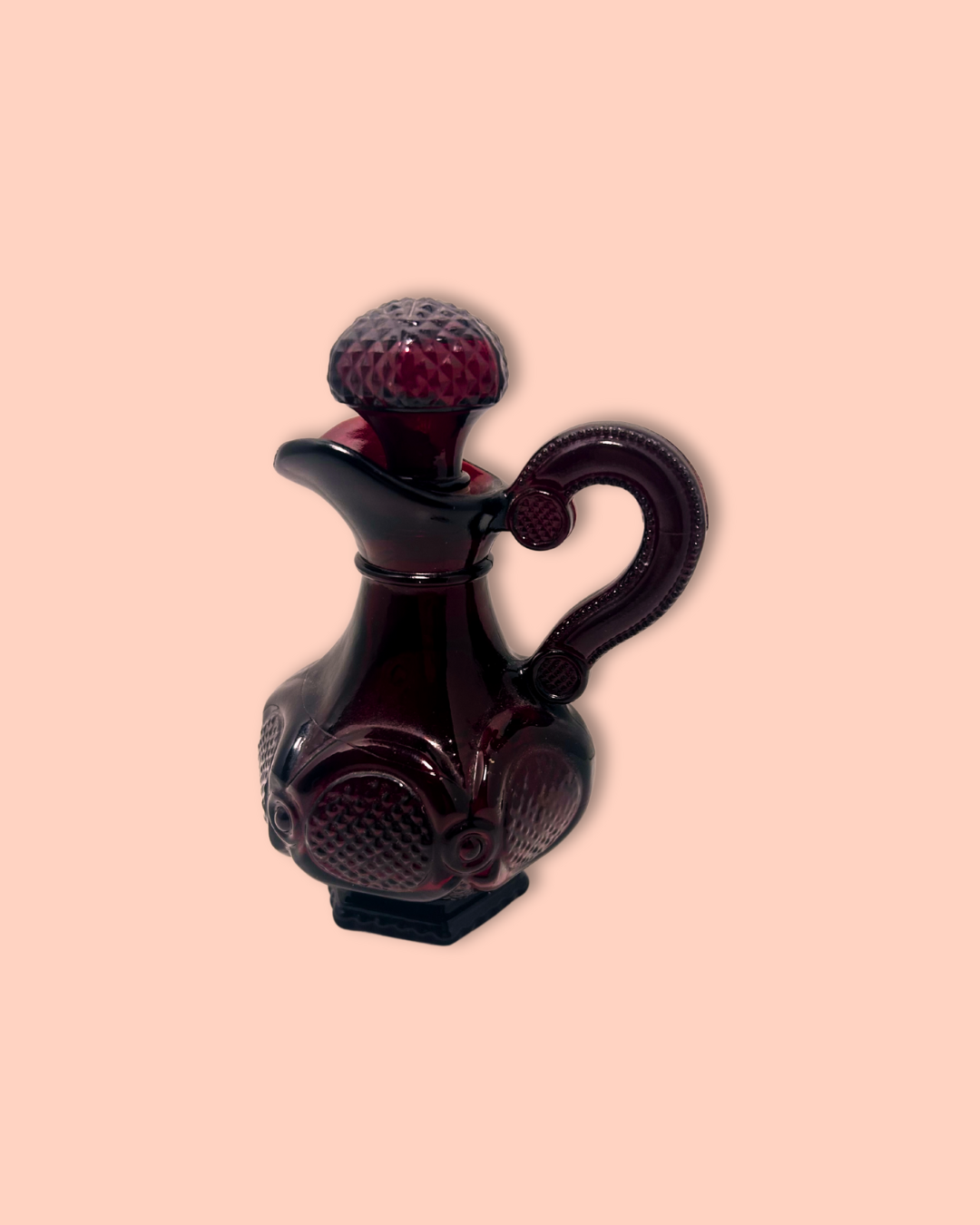
Lead! What You Should Know About Testing Vintage Items
Share


How to Safely Enjoy Vintage Treasures: Everything You Need to Know About Lead Testing
Whether you're curating your home with unique antiques or reselling vintage gems, lead testing is a crucial part of responsibly enjoying and sharing these timeless pieces. As part of my R.A.E. journey, I’ve learned that while vintage items often carry charm and history, they can also carry hidden hazards—like lead.
Here’s what you need to know if you love collecting or selling vintage items.
Why Lead Testing Matters
According to the CDC, lead may be present in many older items commonly found in:
-
Thrift stores
-
Flea markets
-
Garage sales
-
Antique shops
-
Family heirlooms
Lead exposure—especially in children and pregnant people—can be toxic and lead to long-term health issues. Even handling certain items regularly can pose a risk if lead dust is inhaled or ingested.
Items You Should Always Test
When in doubt, test these types of vintage and antique pieces:
-
Dishware (ceramics, china, painted plates)
-
Painted metal/tin panels
-
Lead crystal glassware
-
Jewelry
-
Furniture with old paint finishes
-
Silverware
-
Decorative ceramics
Even items that look pristine can contain lead, especially if they were manufactured before modern safety standards.
How to Test for Lead
You have two main options:
1. Certified Laboratory Testing (Most Reliable)
The CDC and EPA both strongly recommend sending samples to a certified lab. Only these labs can give you accurate results and show how much lead is present.
Find a list of accredited labs through the EPA’s National Lead Laboratory Accreditation Program (NLLAP).
2. Do-It-Yourself Test Kits
These are readily available and easy to use—but they come with limitations. DIY kits may not detect low levels of lead and won’t tell you how much is there. They’re useful for a quick check but shouldn’t be the only method if you plan to sell or handle items frequently.
Some EPA-recognized lead test kits include:
-
3M™ LeadCheck™
-
D-Lead® Test Kit
-
ESCA Tech’s LeadCheck®
More info here: EPA Lead Test Kits
Final Thoughts
Being mindful about lead in vintage items doesn’t mean giving up your love for old treasures—it just means shopping and reselling smart. Testing is especially important if you're building a curated shop like R.A.E., where safety and trust matter as much as style.
Make it a part of your sourcing routine, and you'll be giving new life to beautiful pieces safely and responsibly.
✨ Let’s keep restoring, adoring, and exploring—without the toxic stuff.
Watch our video tutorial on how to test for lead here!
